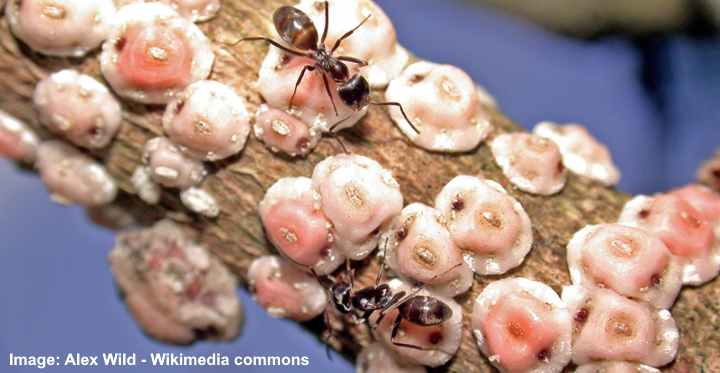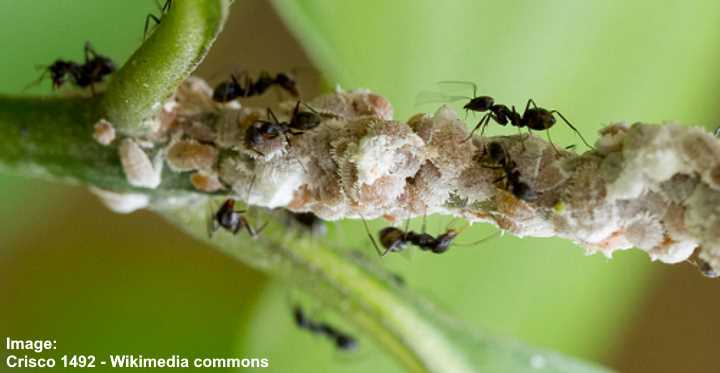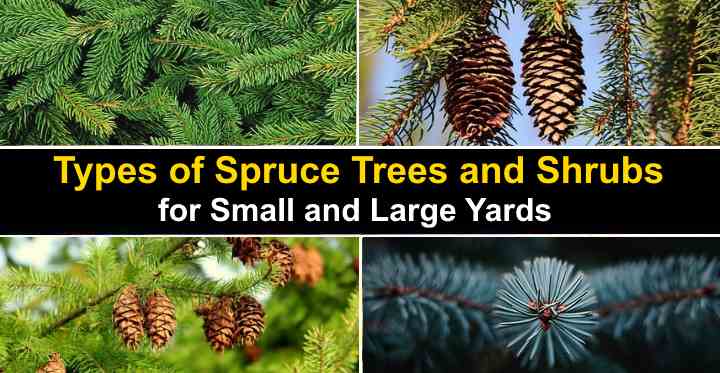Aphids on Plants: Effective Ways to Kill Aphids on Indoor and Outdoor Plants
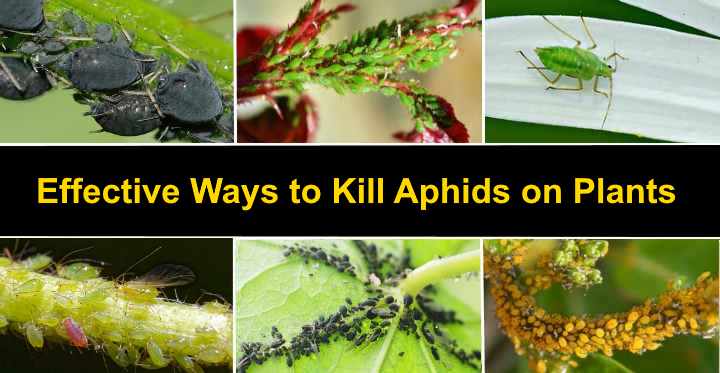
Aphids are tiny insects that suck sap from indoor and outdoor plants, causing a lot of damage. Aphids are crawling insects that generally lurk under plant leaves. In high numbers, aphids develop wings, hence their name greenfly or blackfly. Getting rid of aphids on plants fast is a top priority if you notice these pests on your plants.
Scale on Plants: How to Kill Scale Bugs (Scale Insects)
Mealybugs on Plants: Effective Ways to Kill These White Bugs
How to Kill Spider Mites On Plants: Identification, Treatment and Prevention of Spider Mite Damage

Spider mites are tiny pests that can infest houseplants and outdoor plants. These plant pests look like tiny spiders and they can do a lot of damage to plants. The first sign of spider mites is their tiny webs on the plant. Other signs of spider mite damage include black or brown spots on the plant leaves.
The Best Liquid Lawn Fertilizers (Professional Review and Guide)
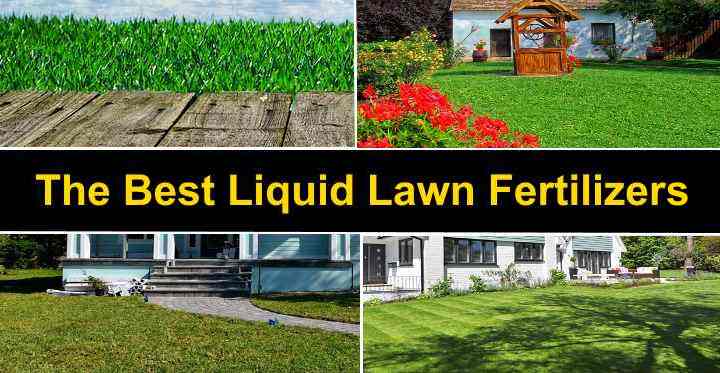
Liquid lawn fertilizers are an easy way to keep lawn looking lush and healthy with vibrant growth. Spraying lawns with high-quality liquid fertilizers provides all the nutrients that robust turfgrass needs. The best liquid fertilizers for lawn contain high concentrations of nitrogen—the crucial nutrient for healthy lawns.
The Best Organic Lawn Fertilizers (Including Organic Care Guide)
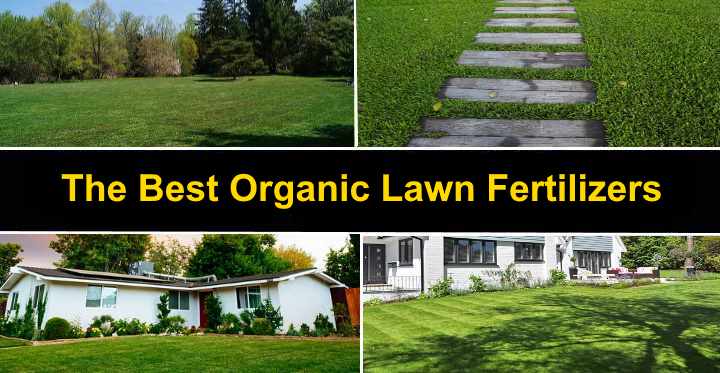
Organic lawn fertilizers contain only eco-friendly ingredients to give grass essential nutrients. The best fertilizers for organic lawns should contain only natural sources of nitrogen—the necessary nutrient for healthy green grass growth. Organic grass fertilizers help grow lush, green lawns as they improve soil quality and strengthen turfgrass roots.
Organic Lawn Care: How to Maintain Your Lawn Naturally
Houseplant Fertilizers: The Best Indoor Plant Fertilizers (Reviewed and Compared)
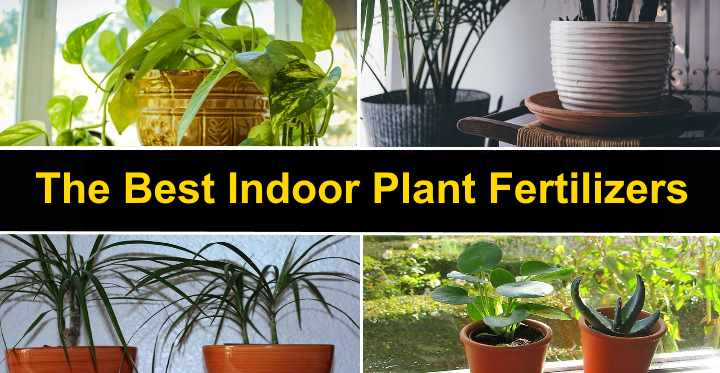
Houseplant fertilizers help feed indoor plants with all the nutrients they need to thrive. The best indoor plant fertilizers should contain a balance of minerals to ensure plants have healthy roots, lush foliage, and beautiful flowers. Fertilizers for houseplants can be like liquid plant food, nutrient-rich granules, or slow-releasing pods.
Types of Cedar Trees with Identification Guide (Pictures, and Name) – Including False Cedar Trees
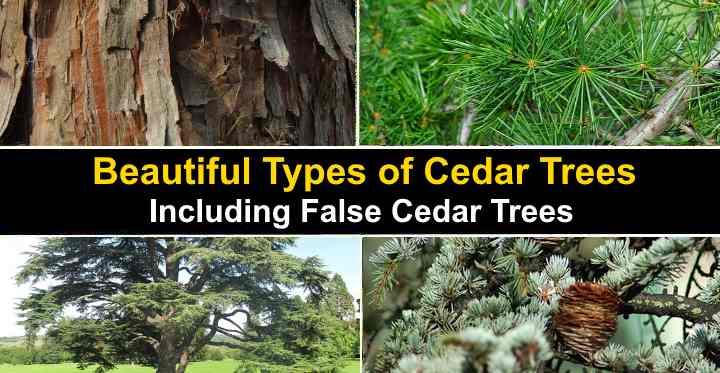
Cedar trees are large evergreen conifers that have needle-like leaves that are arranged spirally on scented woody branches. Cedars grow at high altitudes and thrive in full sun and well-draining soil. There are four species of cedar trees in the genus Cedrus, belonging to the pine (Pinaceae) family.

